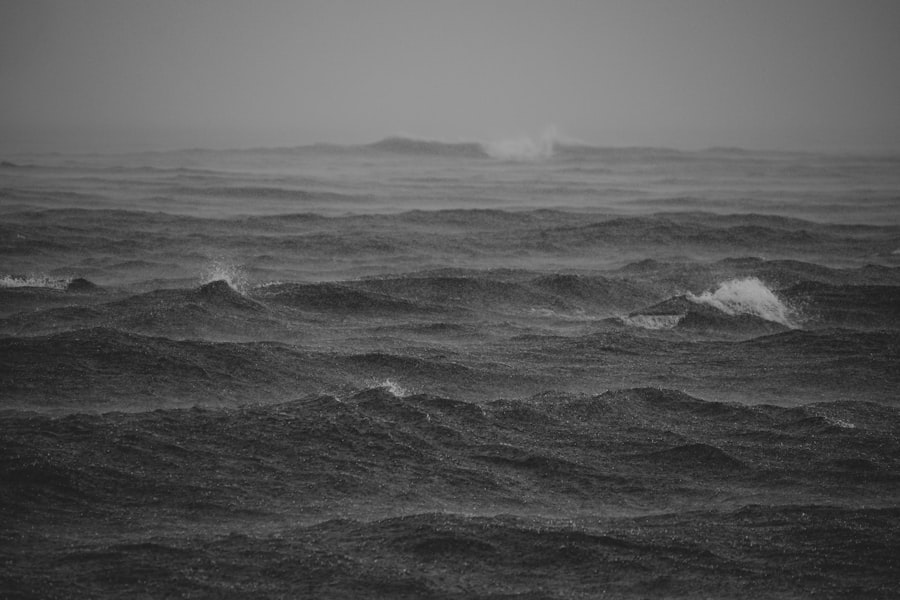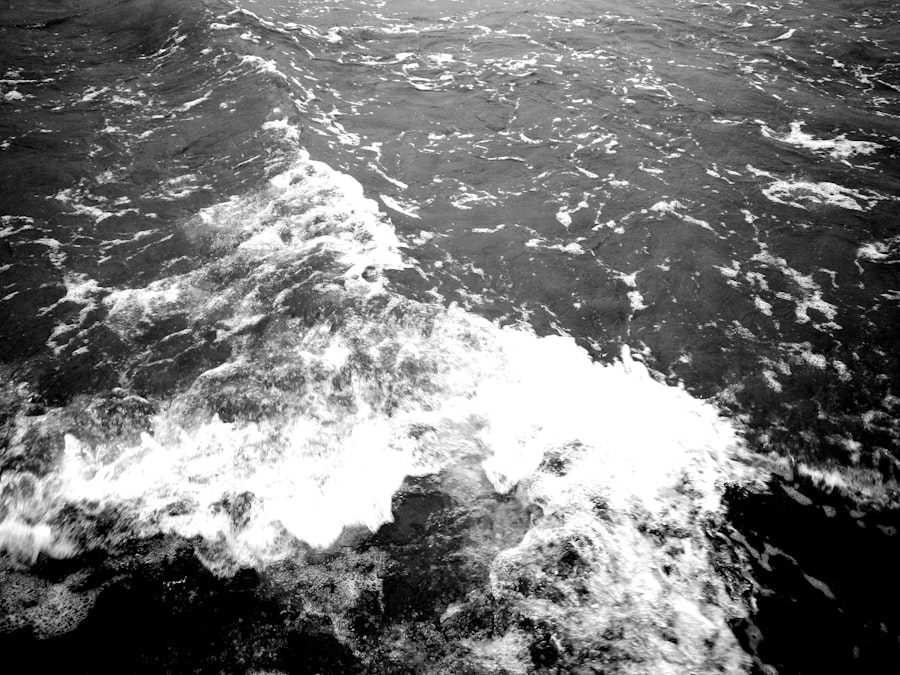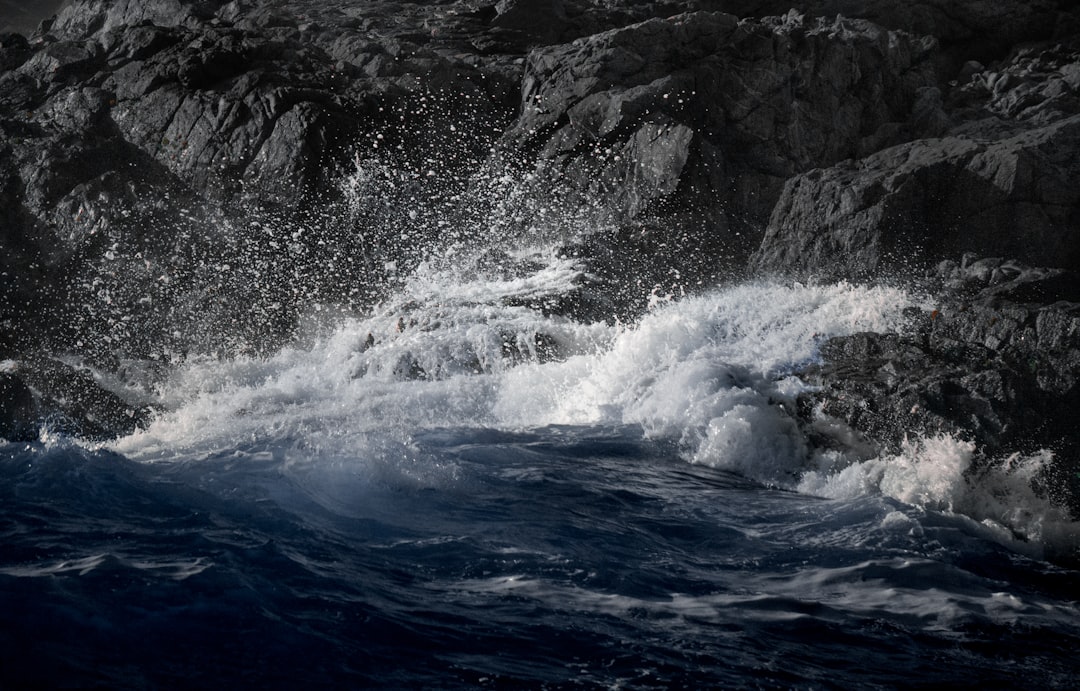The Drake Passage, a body of water that separates South America from Antarctica, is renowned for its unique geographical and ecological characteristics. Named after the English explorer Sir Francis Drake, who navigated these treacherous waters in the late 16th century, the passage has become a focal point for maritime exploration and scientific research. Stretching approximately 800 kilometers (500 miles) from Cape Horn to the South Shetland Islands, the Drake Passage is not only a critical route for vessels traveling between the Atlantic and Pacific Oceans but also a significant area for understanding global climate patterns and marine biodiversity.
The passage is often described as one of the most challenging maritime routes in the world due to its unpredictable weather and turbulent waters. The confluence of various ocean currents and wind patterns creates a dynamic environment that has fascinated sailors, scientists, and adventurers alike. As such, the Drake Passage serves as a natural laboratory for studying the interactions between oceanic and atmospheric systems, making it an essential area for ongoing research and exploration.
Key Takeaways
- The Drake Passage is a narrow body of water between South America’s Cape Horn and the South Shetland Islands of Antarctica.
- It is the shortest route between the Atlantic and Pacific Oceans, making it a crucial link for global ocean circulation.
- The passage is known for its extreme weather conditions and strong winds, making it one of the most turbulent stretches of water in the world.
- Wind and currents play a significant role in shaping the dynamics of the Drake Passage, influencing both climate and marine life in the region.
- Climate change is impacting the Drake Passage, leading to shifts in ocean currents, temperatures, and marine ecosystems.
The Geographical Significance of the Drake Passage
Geographically, the Drake Passage holds immense significance as it acts as a natural barrier between two major landmasses: South America and Antarctica. This narrow stretch of water plays a crucial role in regulating ocean currents and temperatures, influencing weather patterns not only in the Southern Hemisphere but also globally. The passage connects the Atlantic and Pacific Oceans, allowing for the exchange of water masses that are vital for maintaining the health of marine ecosystems.
The unique positioning of the Drake Passage also contributes to its ecological diversity. The cold waters of the Southern Ocean meet the warmer waters of the Atlantic and Pacific, creating a rich habitat for various marine species. This convergence zone is characterized by high productivity, supporting an array of life forms from phytoplankton to large marine mammals.
The geographical features of the passage, including its depth and topography, further enhance its role as a critical area for marine biodiversity.
The Turbulent Nature of the Drake Passage

The Drake Passage is infamous for its turbulent conditions, which can pose significant challenges to navigation. The combination of strong winds, powerful ocean currents, and unpredictable weather patterns creates a volatile environment that can change rapidly. Sailors often recount tales of towering waves and fierce storms that can arise without warning, making this passage a formidable challenge even for experienced mariners.
The turbulence of the Drake Passage is primarily attributed to the meeting of the Antarctic Circumpolar Current with other oceanic currents. This interaction generates some of the roughest seas on the planet, with waves reaching heights of over 30 feet during storms. Such conditions have earned the passage a reputation as a “graveyard of ships,” where numerous vessels have met their fate due to the relentless forces of nature.
Despite these dangers, the allure of traversing this iconic waterway continues to draw adventurers and researchers alike.
The Role of Wind and Currents in the Drake Passage
| Metrics | Wind | Currents |
|---|---|---|
| Speed | Up to 40 mph | Up to 2 knots |
| Direction | Variable | Eastward |
| Effect on Climate | Helps regulate temperature | Affects ocean circulation |
| Impact on Marine Life | Affects migration patterns | Influences feeding behavior |
Wind and currents play a pivotal role in shaping the environmental dynamics of the Drake Passage. The Antarctic Circumpolar Current, which flows uninterrupted around Antarctica, is one of the most powerful ocean currents in the world. This current not only influences local weather patterns but also affects global ocean circulation, making it a key player in climate regulation.
The winds that sweep across the passage are equally influential. The prevailing westerlies create conditions that can amplify wave heights and intensify storms. These winds interact with ocean currents to create complex patterns that affect marine life and navigation.
Understanding these interactions is crucial for scientists studying climate change and its impact on oceanic systems. The interplay between wind and currents in the Drake Passage serves as a reminder of the intricate connections that exist within Earth’s climate system.
Impact of Climate Change on the Drake Passage
Climate change poses significant challenges to the delicate balance of ecosystems within the Drake Passage. Rising global temperatures are leading to changes in ocean temperatures, salinity levels, and ice cover in surrounding regions.
Moreover, as ice sheets in Antarctica continue to melt at an accelerated rate, freshwater influx into the Drake Passage may alter current patterns and impact nutrient cycling within these waters. Such changes could have far-reaching implications for marine life, including krill populations that serve as a crucial food source for larger species like seals and whales. The ongoing research in this area aims to better understand how climate change is reshaping the ecological landscape of the Drake Passage and what measures can be taken to mitigate its effects.
The Importance of the Drake Passage for Marine Life

The Drake Passage is a vital habitat for an array of marine life, serving as a breeding ground and feeding area for numerous species. The nutrient-rich waters support large populations of krill, which are essential to the Southern Ocean’s food web. These small crustaceans are not only a primary food source for many fish species but also attract larger predators such as seals, penguins, and whales.
In addition to krill, the passage is home to diverse fish species, including Antarctic toothfish and various types of squid. The unique ecological conditions created by the confluence of different water masses foster high levels of productivity, making it an important area for commercial fishing as well. However, this also raises concerns about overfishing and its potential impact on marine ecosystems.
Conservation efforts are increasingly focused on ensuring sustainable practices that protect these vital habitats while allowing for responsible resource use.
Historical Exploration of the Drake Passage
The history of exploration in the Drake Passage is rich and varied, marked by tales of bravery and discovery. Sir Francis Drake’s voyage in 1578 was one of the first recorded attempts to navigate these treacherous waters, paving the way for future explorers. His journey not only contributed to maritime knowledge but also sparked interest in Antarctic exploration.
Throughout the centuries, numerous expeditions have ventured into the Drake Passage, each contributing to humanity’s understanding of this remote region. Explorers like Ernest Shackleton and Robert Falcon Scott faced incredible hardships while navigating these waters during their quests to reach Antarctica. Their stories of endurance and resilience continue to inspire modern adventurers and researchers who seek to uncover more about this enigmatic passage.
Challenges of Navigating the Drake Passage
Navigating the Drake Passage presents numerous challenges that require skill, experience, and preparation. The unpredictable weather conditions can lead to sudden storms that create hazardous sailing conditions. Mariners must be adept at reading weather patterns and understanding ocean currents to ensure safe passage through this tumultuous region.
In addition to natural challenges, vessels must also contend with icebergs and sea ice that can pose significant risks during certain times of the year. The presence of ice requires careful navigation and often necessitates adjustments to planned routes. Despite these challenges, advancements in technology have improved safety measures for those traversing the passage, allowing for more reliable navigation through this iconic waterway.
Scientific Research in the Drake Passage
The Drake Passage serves as a critical site for scientific research aimed at understanding oceanic processes and climate change impacts. Researchers from around the world conduct studies in this region to gather data on ocean temperatures, salinity levels, and marine biodiversity. This information is essential for developing models that predict future changes in global climate patterns.
One area of focus is studying how changing ocean conditions affect marine ecosystems within the passage. Scientists monitor krill populations, fish stocks, and other marine life to assess their responses to environmental changes. This research not only contributes to our understanding of local ecosystems but also provides insights into broader global trends related to climate change and ocean health.
Conservation Efforts in the Drake Passage
Conservation efforts in the Drake Passage are increasingly important as human activities put pressure on its delicate ecosystems. Various organizations work collaboratively to promote sustainable fishing practices and protect marine habitats from pollution and overexploitation. Initiatives aimed at establishing marine protected areas are gaining traction as a means to safeguard biodiversity within this critical region.
Additionally, international agreements such as the Convention on the Conservation of Antarctic Marine Living Resources (CCAMLR) play a vital role in regulating fishing activities in these waters. By implementing science-based management strategies, stakeholders aim to ensure that marine resources are used sustainably while preserving the ecological integrity of the Drake Passage.
The Future of the Drake Passage: Implications for Global Climate and Ecosystems
Looking ahead, the future of the Drake Passage holds significant implications for global climate systems and marine ecosystems. As climate change continues to reshape oceanic conditions, understanding how these changes will affect both local environments and broader climatic patterns becomes increasingly urgent. The passage serves as a barometer for assessing shifts in ocean circulation and temperature that can have cascading effects worldwide.
Moreover, ongoing research efforts will be crucial in informing conservation strategies aimed at protecting this vital region from further degradation. As human activities continue to impact marine ecosystems globally, safeguarding areas like the Drake Passage will be essential for maintaining biodiversity and ensuring sustainable resource use for future generations. The interplay between human actions and natural processes within this iconic waterway will undoubtedly shape its future significance on both local and global scales.
The Drake Passage is notorious for its turbulent waters, a phenomenon that can be attributed to several factors including its unique geographical position and the powerful Antarctic Circumpolar Current. This current, the strongest in the world, flows unimpeded around the globe, creating a dynamic and often volatile marine environment. Additionally, the narrowness of the passage between the southern tip of South America and Antarctica funnels these strong currents, amplifying their intensity. For a deeper understanding of the factors contributing to the turbulence in the Drake Passage, you can explore a related article on MyGeoQuest, which delves into the oceanographic and meteorological conditions that make this region one of the most challenging for navigation.
WATCH NOW! Drake Passage: Earth’s Deadliest Waters Revealed
FAQs
What is the Drake Passage?
The Drake Passage is the body of water between the southern tip of South America and the northern tip of the Antarctic Peninsula. It connects the Atlantic and Pacific Oceans.
Why is the Drake Passage so turbulent?
The Drake Passage is known for its turbulent waters due to the lack of any landmass to obstruct the strong westerly winds that circle the Antarctic. These winds, known as the “roaring forties,” “furious fifties,” and “screaming sixties,” create powerful waves and currents in the passage.
What causes the strong winds in the Drake Passage?
The strong winds in the Drake Passage are caused by the difference in temperature between the Antarctic continent and the ocean, as well as the Earth’s rotation. These factors combine to create the powerful westerly winds that sweep across the passage.
Are there any benefits to the turbulent waters of the Drake Passage?
The turbulent waters of the Drake Passage create a rich and diverse marine ecosystem, making it a popular area for wildlife enthusiasts and researchers. The strong currents also help to circulate nutrients and oxygen throughout the Southern Ocean, supporting a wide variety of marine life.
